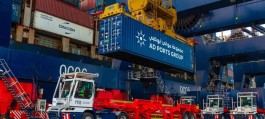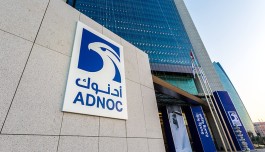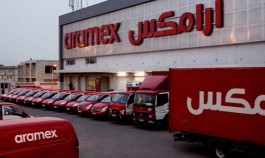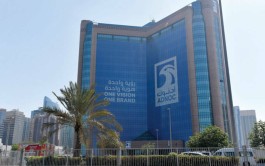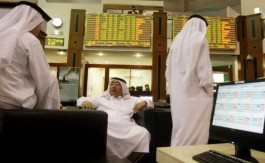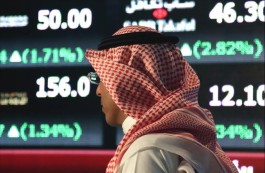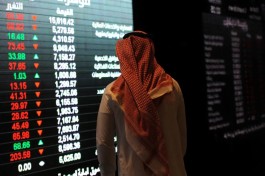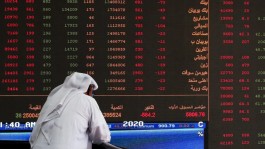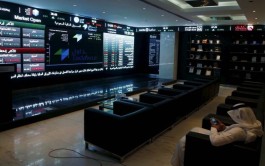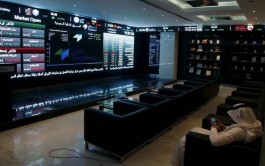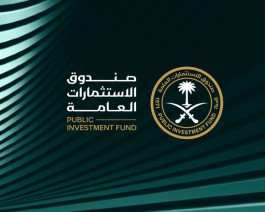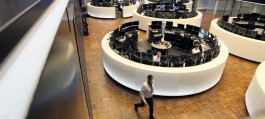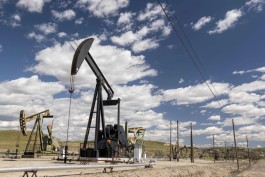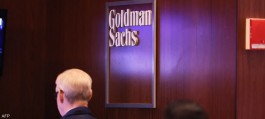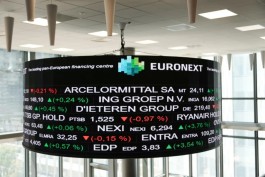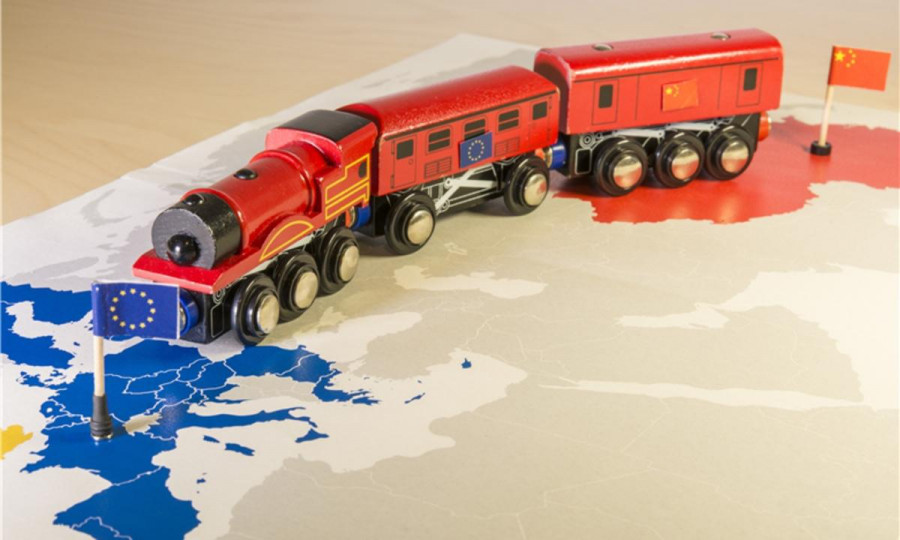Special Report:
The New Silk Road .. A global project based on advanced infrastructure, which opens up prospects for new and promising commercial markets, linking societies, economies and peoples and stimulates growth.
Despite the high cost of the project, the returns resulting from trade exchanges between these countries will be in the hundreds of billions of dollars, and the interest will be spread to more than 65 countries with more than four billion people.
Chinese President Xi Jinping has pledged nearly $ 124 billion to the initiative as a path to peace, reunification and free trade.
While announcing that the Belt and Road Summit came out with agreements that exceeded $ 64 billion, pointing out that market principles will be applied in all cooperation projects included in the initiative.
A New Era of China-Arab Cooperation
Since the launch of the Belt and Road Initiative in 2013, Sino-Arab relations have started to take a rising trend, and the prominent feature is the intensity of high-level exchanges between Beijing and the Arab countries and the high frequency of cooperation between the two sides at all levels.
7 Arab countries, including Egypt, the UAE, Kuwait, Saudi Arabia, Oman and Jordan, have become a founding member of the Asian Infrastructure Investment Bank, which is the financing arm of the initiative's projects. The first China International Import Exhibition in Shanghai last year attracted many Arab companies, which opened the door for importing more Arab products.
Beijing is also interested in ...





